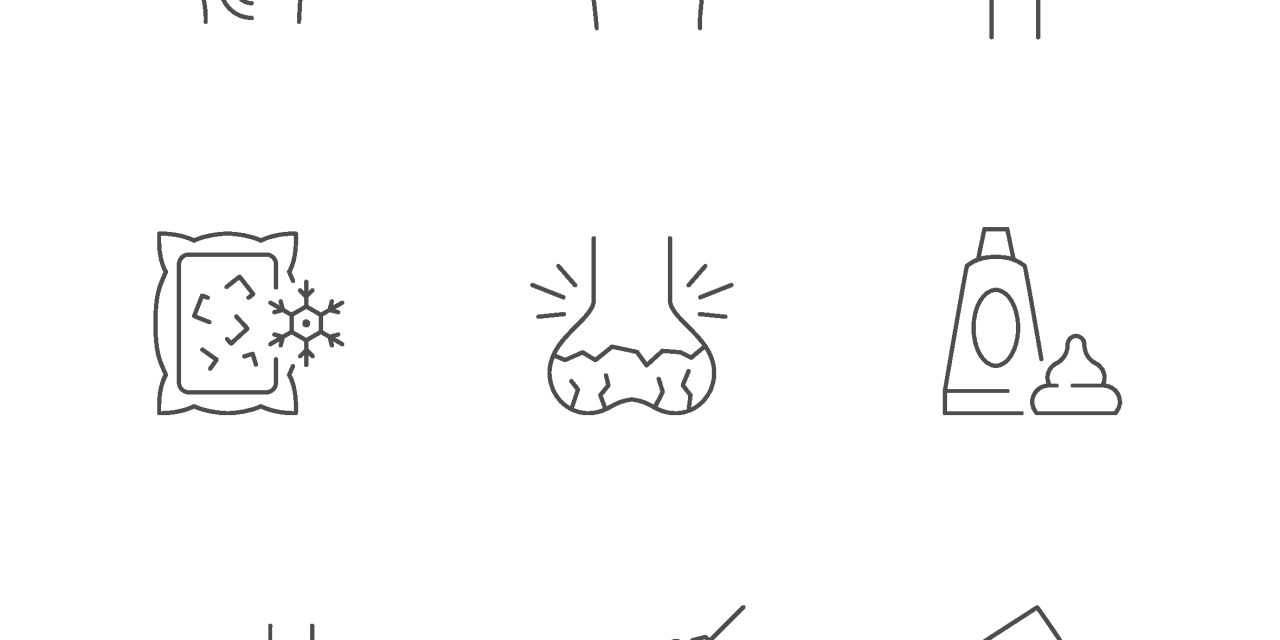Appropriate postoperative lower limb alignment is one important element of a successful unicompartmental knee arthroplasty (UKA). To predict postoperative alignment, it is important to investigate the association between preoperative imaging evaluations and lower limb alignment after medial UKA.
(1) Do preoperative valgus stress radiographic and MRI measurements (% mechanical axis, hip-knee-ankle angle, medial meniscal extrusion distance, and osteophyte area at the medial femur and tibia) correlate with postoperative lower limb alignment after UKA; and (2) Can useful cutoffs be calculated in advance of surgery for those findings that were associated with coronal-plane overcorrection?
We retrospectively analyzed 125 patients with medial knee pain who underwent UKA from January 2012 to October 2018. Valgus stress radiography and MRI were performed routinely to assess the knee. Valgus stress radiography was obtained with the patient supine with the knee in full extension and a firm manual valgus force applied to the knee. Full-length weightbearing radiography was performed 3 months after surgery. There were 12% (15) of patients who did not undergo MRI, and 4% (five) of patients who did not receive the postoperative full-length weightbearing radiograph and they were excluded, leaving 84% (105) of patients available for analysis. There were 27 men and 78 women with a mean (range) age of 77 years ± 6 years (60 to 87). The preoperative diagnosis was medial osteoarthritis in 99 patients and osteonecrosis of the medial femoral condyle in six. To investigate the associations, we routinely measured % mechanical axis using radiography, and also measured the medial meniscal extrusion distance and osteophyte area at the medial femur and tibia using MRI after surgery. Medial meniscus extrusion distance was defined as the distance from the outermost edge of the medial meniscus to a line connecting the femoral and tibial cortices. From these parameters, postoperative alignment was estimated using regression and receiver operating characteristic curve analyses. Variables with p < 0.05 were included.
The % mechanical axis on the valgus stress radiograph and medial meniscal extrusion distance were correlated with postoperative lower limb alignment after UKA (adjusted correlation coefficient 0.72; p < 0.001, adjusted correlation coefficient 0.2; p = 0.003, respectively). The estimated % mechanical axis on the postoperative weightbearing radiograph was equal to -0.27 + 0.86% (% mechanical axis on valgus stress radiograph) + 1.14 mm (medial meniscal extrusion distance). Using a cutoff point of 36%, the % mechanical axis on valgus stress radiograph was associated with overcorrection after UKA (area under the curve: 0.89; odds ratio 14 [95% CI 0.75 to 0.95]; p < 0.001, sensitivity 77.8%, specificity 80.9%).
The overcorrection of a varus knee on a valgus stress radiograph before UKA and the increased extrusion of the medial meniscus on preoperative MRI was associated with a greater likelihood of overcorrected alignment after UKA. Future studies should conduct long-term follow-up of malalignment patients to assess the possible complications.
Level III, diagnostic study.
Valgus Correctability and Meniscal Extrusion Were Associated With Alignment After Unicompartmental Knee Arthroplasty.


